Prehistoric
Shoes have come a long way over the past thousands of years. Shoes have been around for so long it’s really hard to pin point when they were first utilized. There are cave paintings that show the use of a foot covering/shoes. These coverings were very primitive made mostly of plants woven together just for protection and warmth. Some paintings found that date back to 8000 BC, and show foot coverings that resembled fur boots. The earliest evidence of European shoes was found on the Ice Man who was discovered in the Alps. He was wearing shoes made of rawhide bearskin woven together by plant fibers and stuffed with straw for insulation; obviously it didn’t help him with the getting frozen in ice part.
Flip Flops
Flip flops then flip flops now. The flip flop has always been a popular style dating back to the Ancient Egyptians. The first shoes made were said to be sandals which makes sense because they are simple and practical (just a sole and thong), especially in the Egyptian climate. Basic sandals were made by making an imprint in the wet sand then braided papyrus was molded into the sole, and then held to the foot by palm fibers using the thong style. Over time sandals became more detailed and made of hides and leathers, also different designs for different ranks of people. The Pharaoh’s shoes had a pointy tip, only he and his sons wear to wear that style. Color was also different depending on who you are. Gold for royals and people of court, Red and yellows for the middle class, and lower class and slaves wore no shoes.
Greek and Roman
The Greeks and Romans were known for their sandals. Greeks were master shoe makers by 400 BC sandal making was sophisticated. Social “rules” were set into place for shoes such as: shoes are only to be worn outdoors, once inside you must take off your shoes. The type of shoe you wore also depended on your occupation. The Romans cared more about the conquest than the fashion aspect of shoes. They made their shoes for a specific purpose, durable and sturdy, especially for their soldiers. The Romans also used colors and styles for rank identification. Red was only allowed to be worn be the Emperor, black and white were for senators and pale colors for the wealthy. Once again the slaves and the poor wore nothing or the plainest of sandals.
Middle Ages
When the middles ages rolled around it seemed all the sophistication of the Greeks and Romans became lost. People were separated from one another, very little communication and travel; basically people didn’t have a clue. There were a lot of fads when it came to shoes in the middle ages ranging from exaggerated point toed shoes to “duck bill” shoes made of silk. These styles were turned shoes, shoes that are stitched then flipped inside out. Heels made their appearance around this time, but not for fashion. Thong style shoe on a wooden heeled platform were used to muck out stables and farm. Over the next couple centuries shoes evolved and devolved. From slippers to heeled slippers, poofy and pointy, the shoe scene was all over the place men being just as flamboyant as women. In the 1800’s shoes started to be more conservative and plain, and men swayed away from the heel scene.
Modern
Around the 1900s shoes start to resemble styles we have today such as stilettos and oxford shoes. From basic rawhide and plant made shoes to shoes made of plastics and polyurethane, shoes really have come a long way.

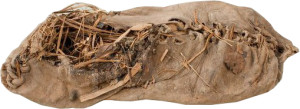
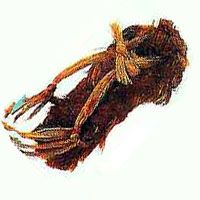
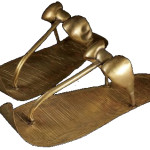
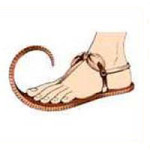
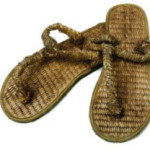
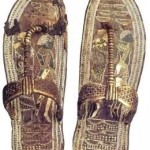
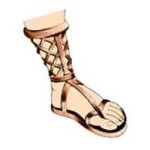
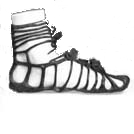
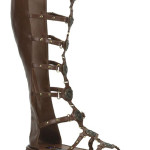
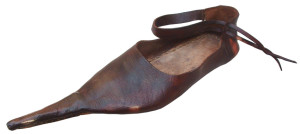
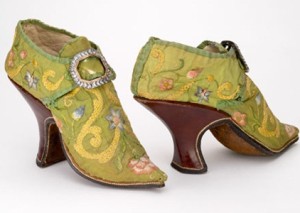
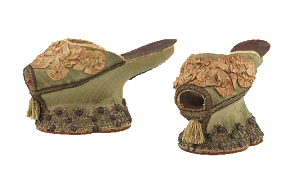
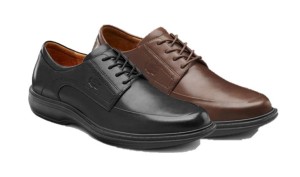
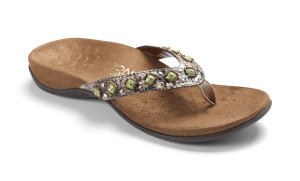


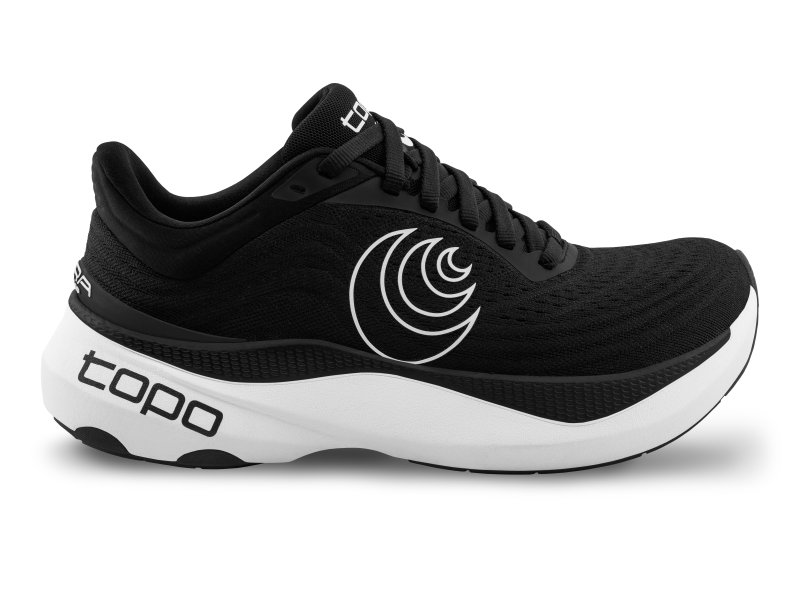

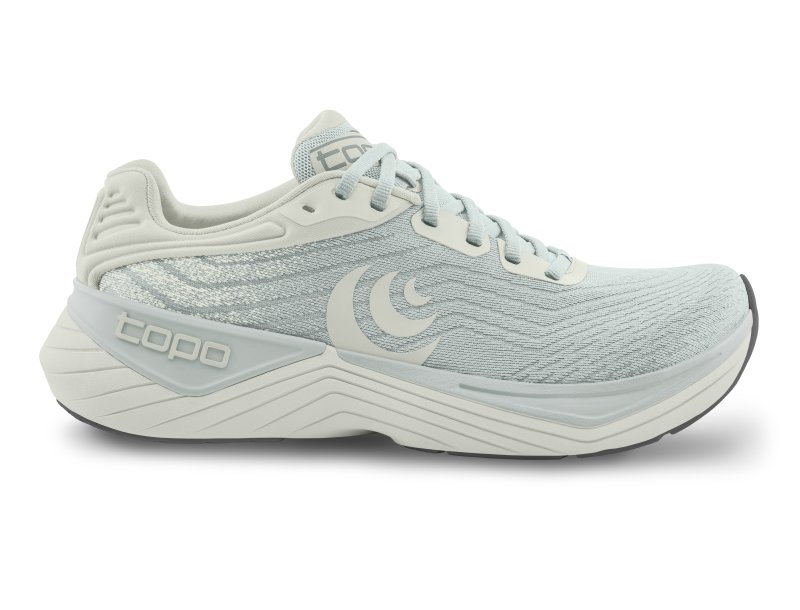
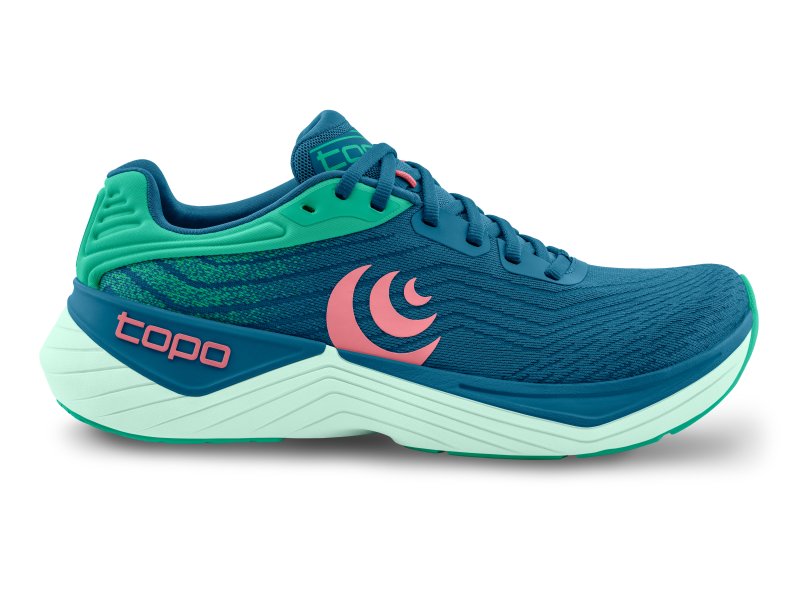
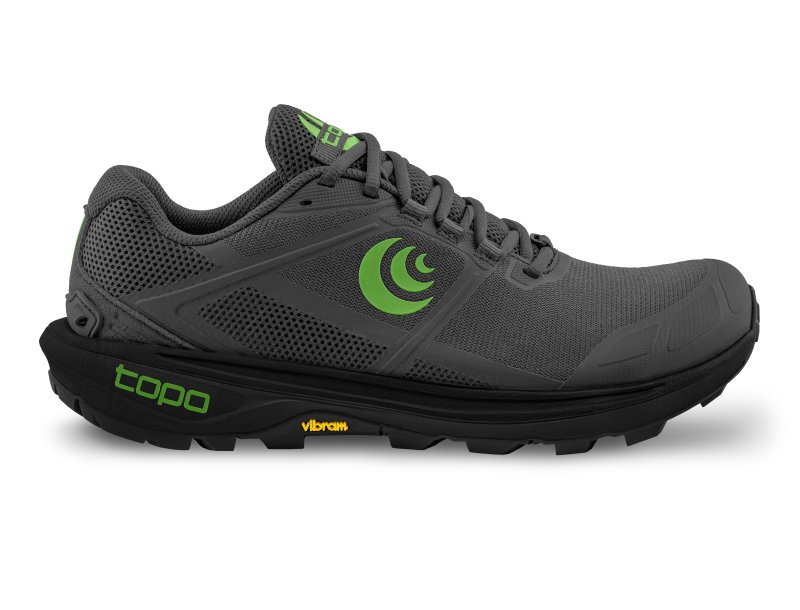
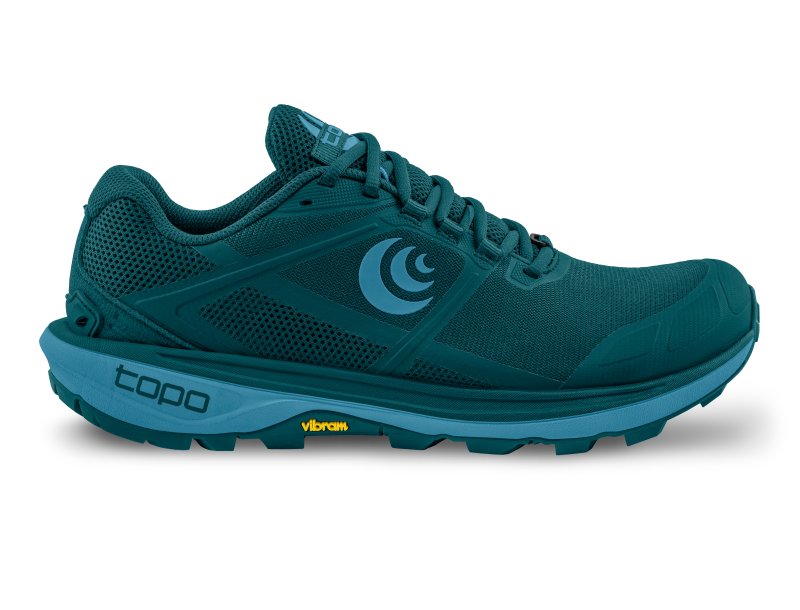
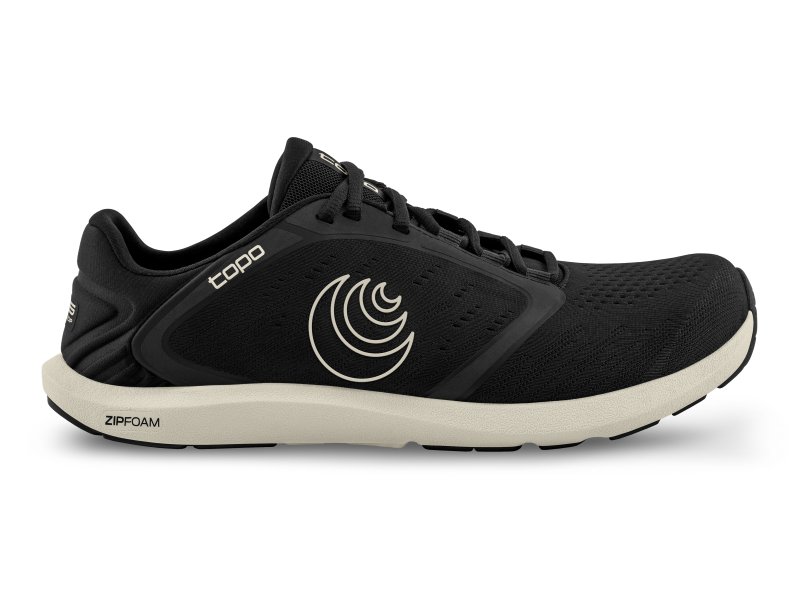
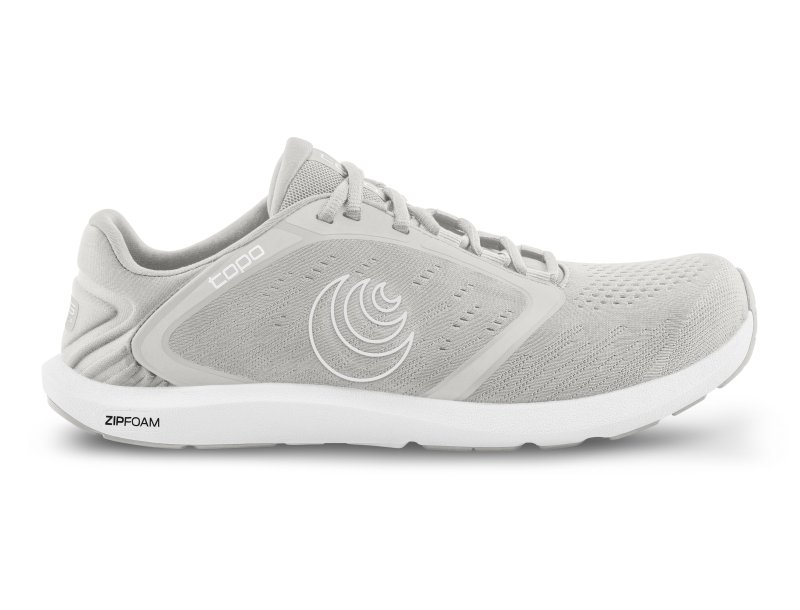
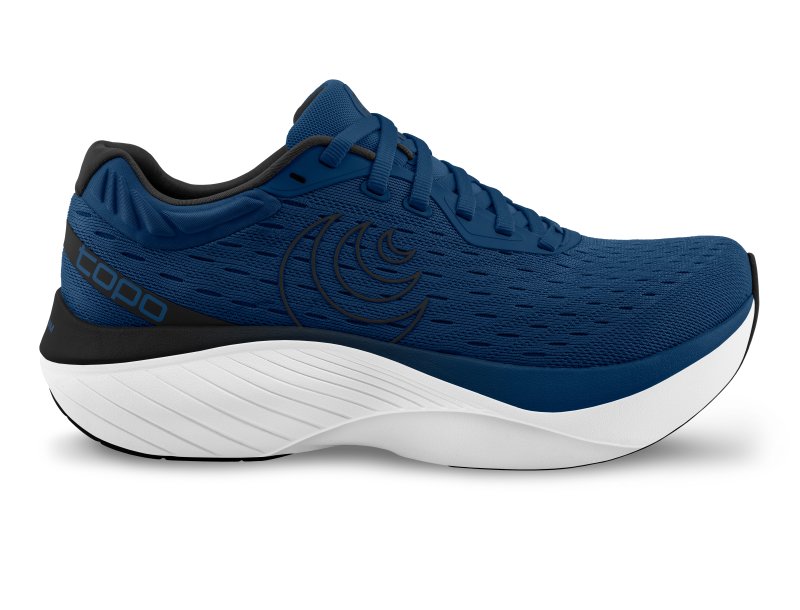

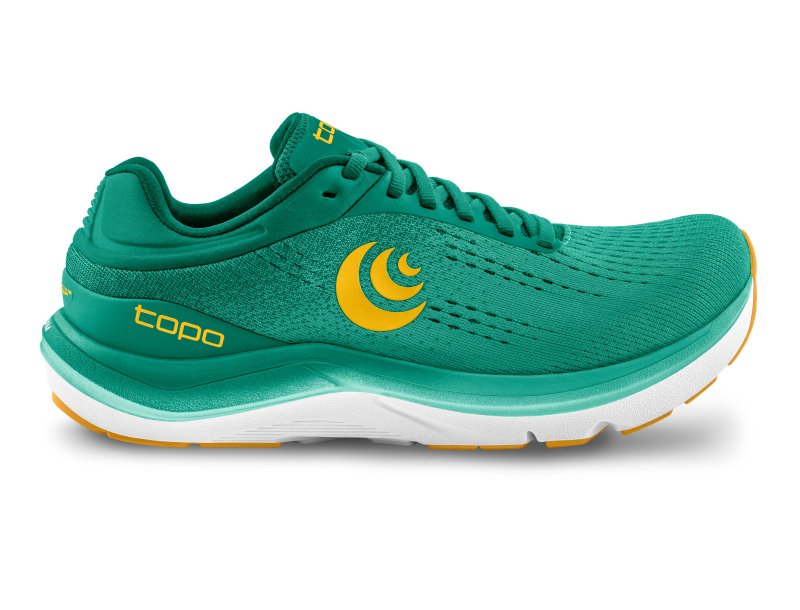
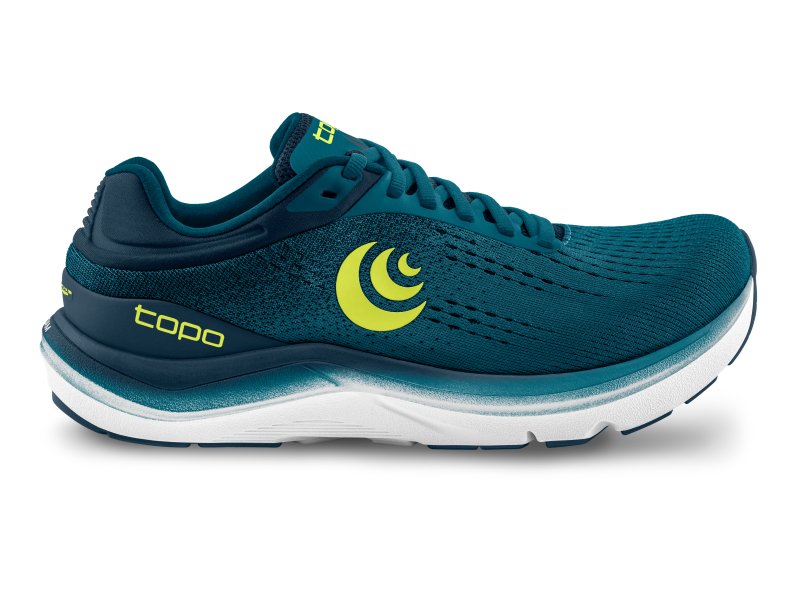
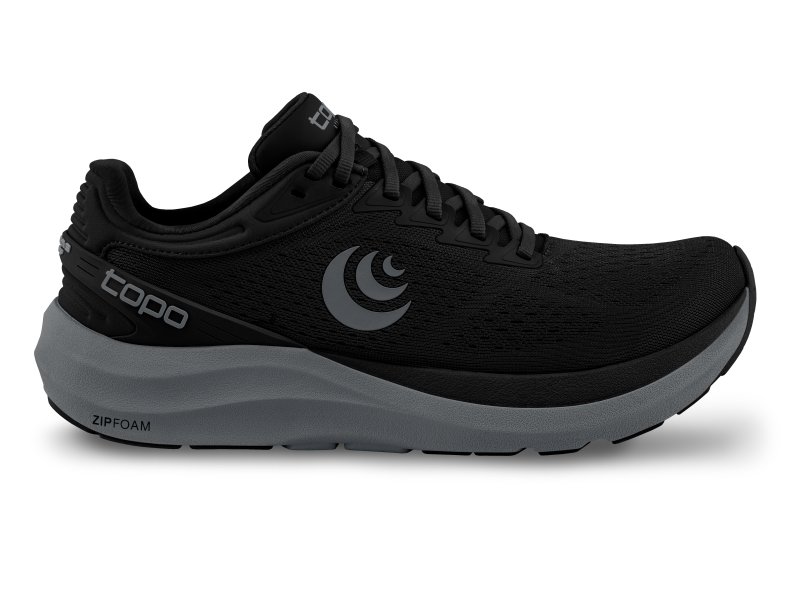
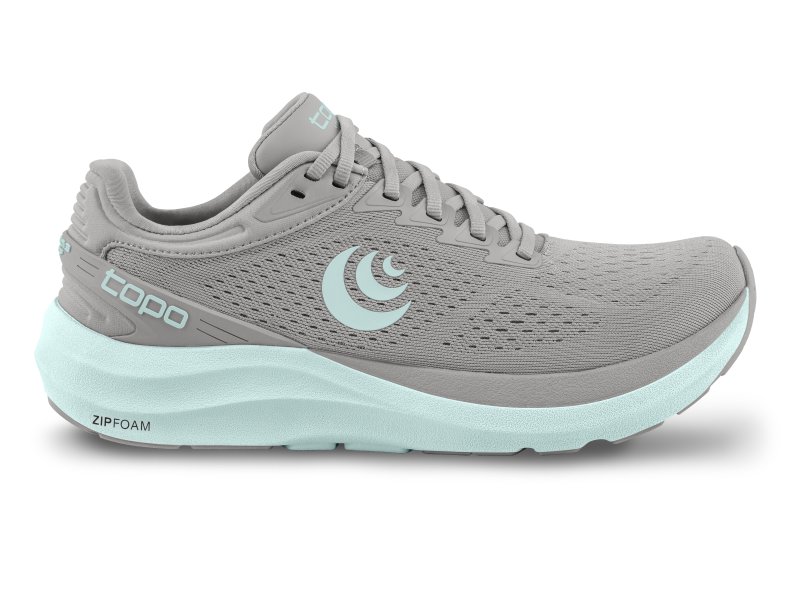


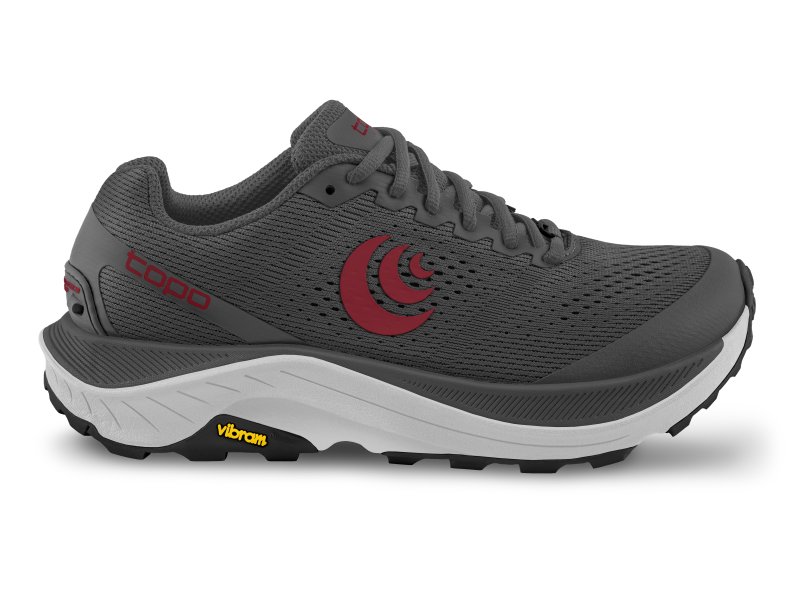
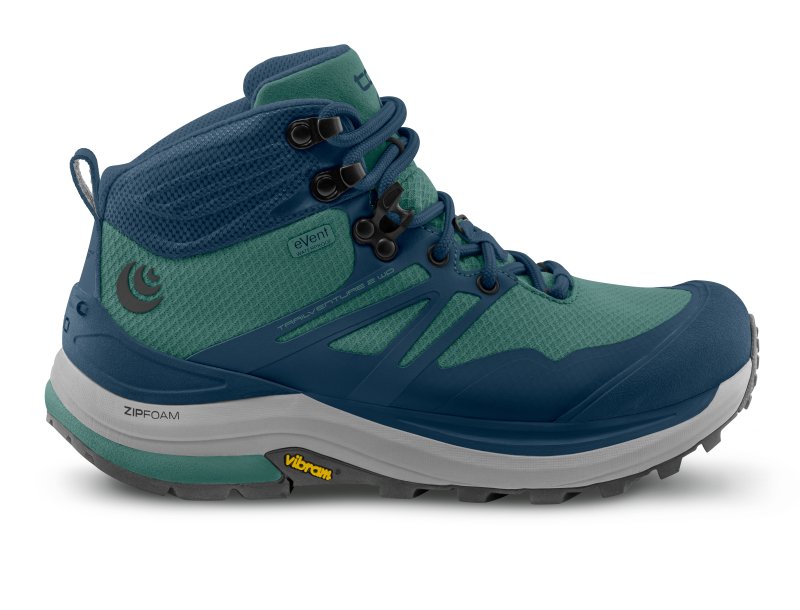
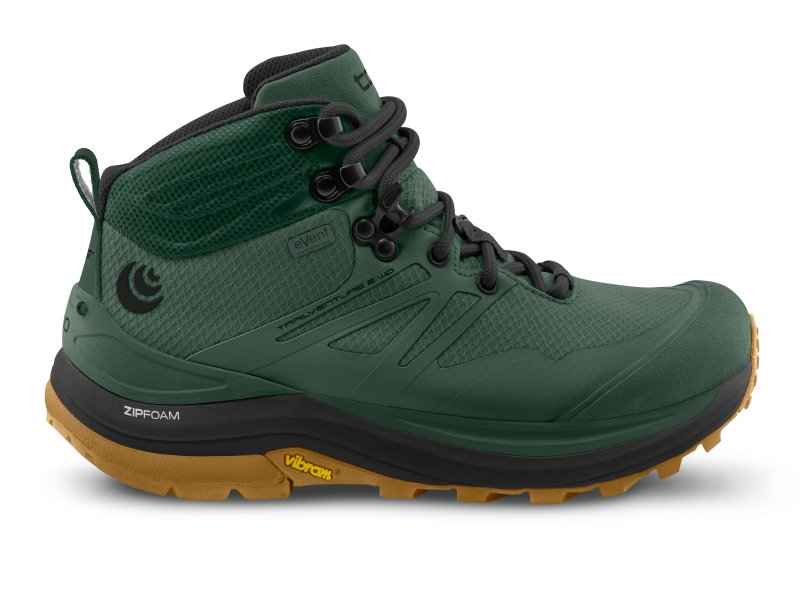

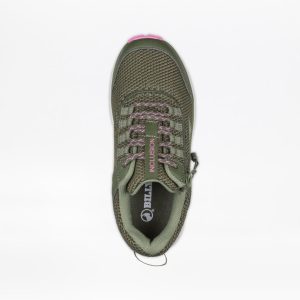
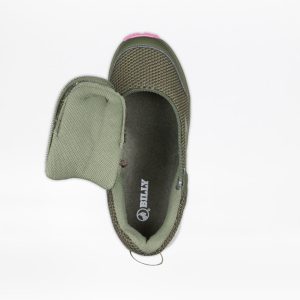

nice article really helped me with my genius hour Thanks loving it
Very useful information
Keep up the good work
Very useful information
Keep up the good work
Thank you